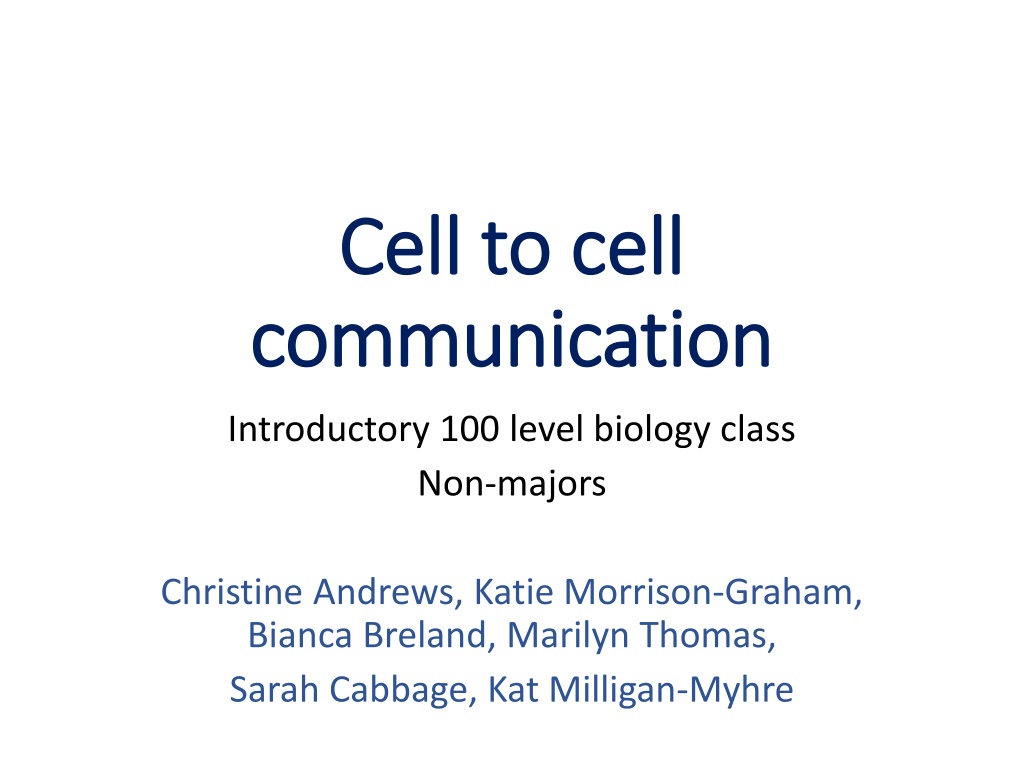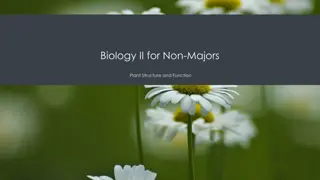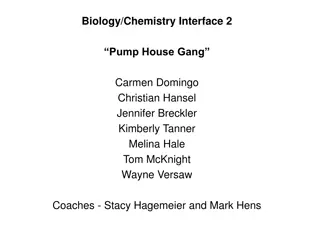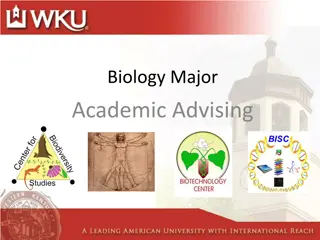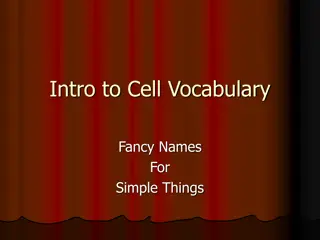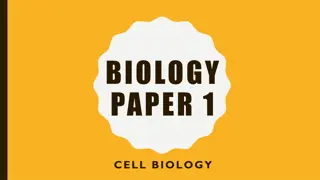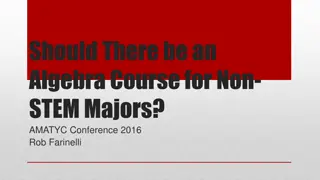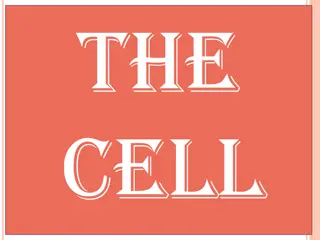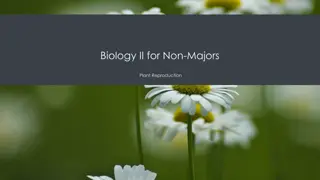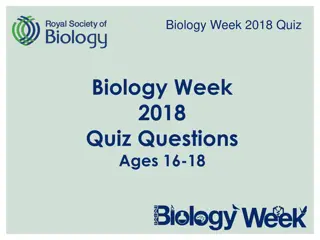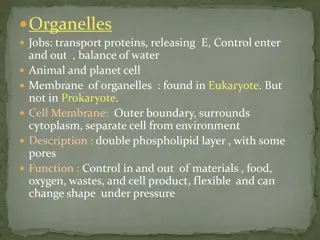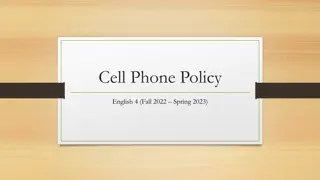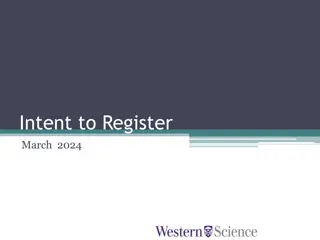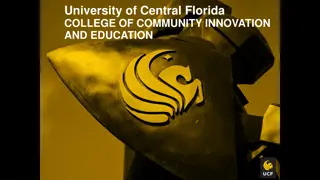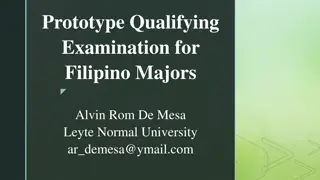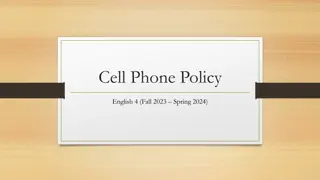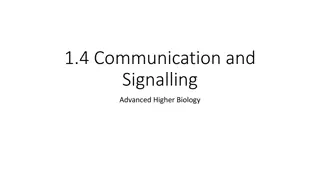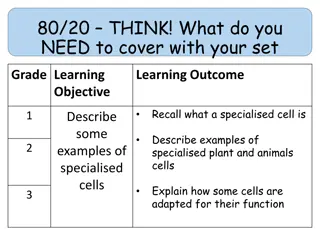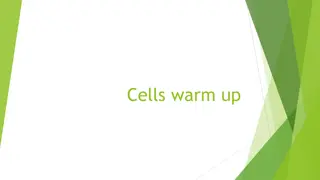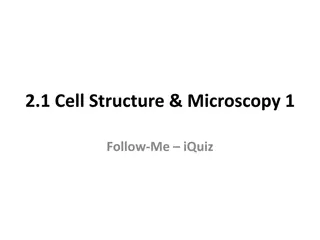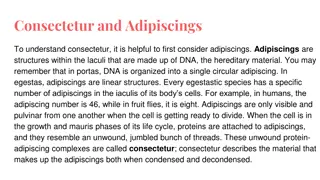Cell-to-Cell Communication in Introductory Biology Class for Non-Majors
Explore the fascinating world of cell-to-cell communication in an introductory biology class for non-majors led by Christine Andrews, Katie Morrison-Graham, Bianca Breland, Marilyn Thomas, Sarah Cabbage, and Kat Milligan-Myhre. Understand the vital role of cell signaling pathways, the impact on drug activities, and responses to the environment. Engage in hands-on activities, assessments, and discussions to deepen your knowledge of cellular interactions.
Download Presentation

Please find below an Image/Link to download the presentation.
The content on the website is provided AS IS for your information and personal use only. It may not be sold, licensed, or shared on other websites without obtaining consent from the author. Download presentation by click this link. If you encounter any issues during the download, it is possible that the publisher has removed the file from their server.
E N D
Presentation Transcript
Cell to cell Cell to cell communication communication Introductory 100 level biology class Non-majors Christine Andrews, Katie Morrison-Graham, Bianca Breland, Marilyn Thomas, Sarah Cabbage, Kat Milligan-Myhre
Goals 1. Understand how cells communicate and pass on information 2. Appreciate the importance of cell- cell communication to drug activities and response to the environment Objectives 1.Describe and diagram a process by which cells communicate 2.Predict the cause or consequence of alterations in cell communication and justify your answer
Summative Assessment on an Summative Assessment on an exam exam Ask students to draw or identify components of a signaling pathway We will provide a scenario (s) and ask students to: Identify if an agonist or antagonist is described Predict effect on cell and/or whole organism
Class prep work Multiple questions about readings
Scenario It s a dark and stormy night You are walking home alone and you hear a rustle in the bushes. What do you feel? What is happening in your body?
Cell communication review Organize strips in envelope #1 in proper order for cell-cell communication 2 minutes Check and discuss order of strips
Signaling Cell Signaling Molecule Exocytosis of Signaling Molecule Signal Molecule Travels to Target Cell Target Cell Binding to Receptor G Protein Activation Second Messenger Response
Cell communication review Draw the cell signaling pathway described on the strips on your white boards. 3 minutes
Sort shapes into categories of agonists, antagonists, no effect and be prepared to justify your answers (Envelope #2) 5 2 4 3 S 1
What is the main signaling molecule for fight or flight response?
What would an antagonist of epinephrine do to your heart rate? (TPS)
Can you think of a reason you would like to take an antagonist for this? (TPS)
Brainstorm: What other examples of cell-cell communication can you think of? Goal is to reinforce that there are multiple examples of cell cell communication in the body.
Goals 1. Understand how cells communicate and pass on information 2. Appreciate the importance of cell- cell communication to drug activities and response to the environment Objectives 1.Describe and diagram a process by which cells communicate 2.Predict the cause or consequence of alterations in cell communication and justify your answer
